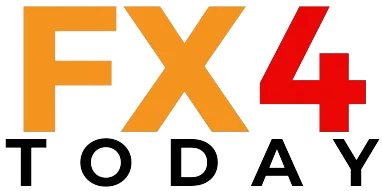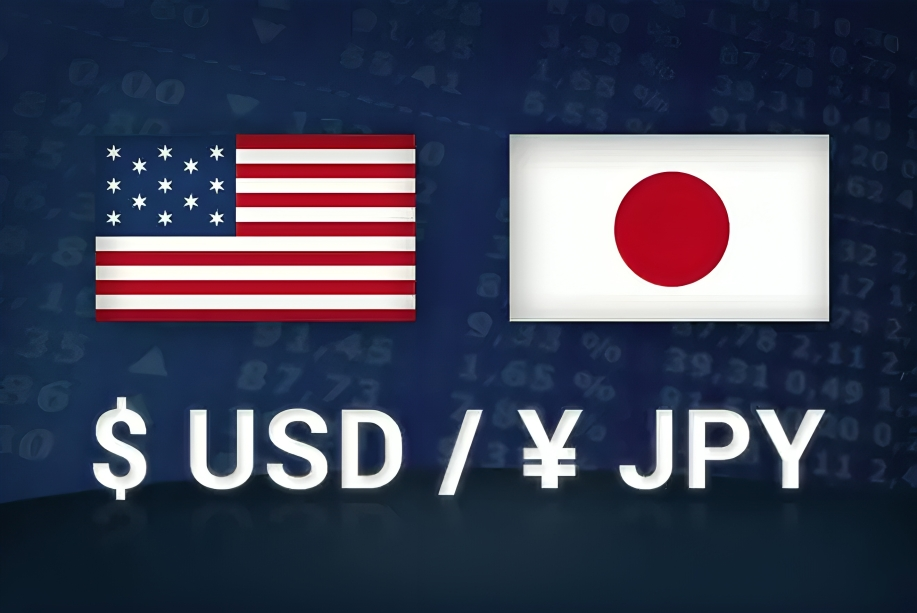High-Frequency Trading in the Forex Market: Opportunities and Challenges
Introduction High-frequency trading (HFT) has become a significant aspect of the forex market, characterized by the use of powerful computers and algorithms to execute large volumes of trades at extremely high speeds. This method of trading offers numerous opportunities but also presents several challenges. In this article, we will explore the fundamentals of HFT, its impact on the forex market, and the opportunities and challenges it brings to traders and financial institutions. Table of Contents Understanding High-Frequency Trading Definition and Evolution High-frequency trading refers to a form of algorithmic trading that involves executing a large number of orders at very high speeds. This practice leverages advanced technological infrastructure to capitalize on small price discrepancies, often holding positions for mere seconds or milliseconds. HFT has evolved significantly since its inception, driven by advancements in computing power and data transmission technologies. How HFT Works HFT systems use sophisticated algorithms to analyze market data and identify trading opportunities. These algorithms execute trades based on pre-defined criteria, often without human intervention. The key to HFT is speed; firms employ high-speed data feeds and low-latency execution platforms to stay ahead of the competition. Opportunities in High-Frequency Trading Increased Liquidity One of the primary benefits of HFT is increased liquidity in the forex market. HFT firms contribute significantly to the trading volume, providing liquidity that benefits all market participants by facilitating smoother and more efficient transactions. Arbitrage Opportunities HFT enables traders to exploit arbitrage opportunities by taking advantage of price discrepancies between different markets or instruments. This helps in aligning prices across markets, enhancing overall market efficiency. Lower Transaction Costs The high speed and automation of HFT reduce transaction costs. HFT firms can execute trades at lower spreads and with minimal slippage, which can translate to cost savings for both the firms and their clients. Challenges of High-Frequency Trading Market Volatility HFT can contribute to market volatility, especially during periods of low liquidity. Rapid and large-scale trading can exacerbate price swings, leading to increased uncertainty and potential market instability. Technological Costs The infrastructure required for HFT is expensive. Firms need to invest heavily in state-of-the-art hardware, software, and connectivity solutions to maintain a competitive edge. These high costs can be a barrier to entry for smaller players. Regulatory Scrutiny HFT has attracted significant regulatory scrutiny due to its potential to disrupt markets and the ethical concerns it raises. Regulators are increasingly focused on ensuring that HFT practices are fair and do not undermine market integrity. HFT Strategies in Forex Markets Market Making Market making involves providing liquidity by placing simultaneous buy and sell orders for a currency pair. HFT algorithms adjust these orders dynamically based on market conditions to profit from the bid-ask spread. Statistical Arbitrage Statistical arbitrage strategies use mathematical models to identify price discrepancies between correlated currency pairs. These strategies rely on statistical relationships and market data to execute trades that align prices. Latency Arbitrage Latency arbitrage exploits differences in the speed of information dissemination between markets. HFT firms use their superior speed to react to new information faster than other market participants, capturing profit opportunities. Technological Requirements for HFT High-Speed Data Feeds Access to high-speed data feeds is crucial for HFT. These feeds provide real-time market data that algorithms use to make trading decisions. Speed and accuracy are critical to maintaining a competitive edge. Low-Latency Execution Low-latency execution platforms ensure that trades are executed as quickly as possible. Minimizing latency is essential for capturing the small and fleeting profit opportunities that HFT targets. Advanced Algorithms Developing advanced trading algorithms requires expertise in both finance and technology. These algorithms must be capable of processing large volumes of data and executing trades in milliseconds. Impact of HFT on Forex Markets Market Efficiency HFT enhances market efficiency by narrowing bid-ask spreads and aligning prices across markets. This benefits all market participants by reducing trading costs and improving price discovery. Spread Narrowing The competition among HFT firms leads to narrower spreads, which translates to cost savings for traders. Lower spreads make the market more attractive to participants, further increasing liquidity. Potential for Market Manipulation Despite its benefits, HFT carries the risk of market manipulation. Practices such as spoofing and layering can distort market prices and undermine confidence in the fairness of the market. Regulation and Ethical Considerations Regulatory Landscape Regulatory bodies around the world are increasingly focused on HFT. Regulations aim to ensure that HFT practices do not destabilize markets or disadvantage other participants. Ethical Concerns Ethical concerns surrounding HFT include the potential for market manipulation and the disproportionate advantages it provides to firms with advanced technological capabilities. Ensuring fairness in the market is a key ethical consideration. Future Regulatory Trends Future regulatory trends may include stricter controls on HFT practices, increased transparency requirements, and measures to ensure fair competition among all market participants. Future of High-Frequency Trading in Forex Technological Advancements Ongoing technological advancements will continue to shape the future of HFT. Innovations in hardware, software, and data analysis will enhance the capabilities of HFT firms. Integration with AI and Machine Learning The integration of artificial intelligence and machine learning into HFT strategies promises to further improve the efficiency and accuracy of trading algorithms. These technologies can analyze vast amounts of data and adapt to changing market conditions in real time. Sustainability of HFT Strategies The sustainability of HFT strategies depends on continuous innovation and adaptation. As markets evolve and regulatory environments change, HFT firms must remain agile and responsive to maintain their competitive edge. Conclusion Summary of Key Points High-frequency trading in the forex market offers numerous opportunities, including increased liquidity, arbitrage potential, and lower transaction costs. However, it also presents significant challenges, such as market volatility, high technological costs, and regulatory scrutiny. Final Thoughts on HFT in Forex The future of HFT in forex will be shaped by technological advancements and regulatory developments. Traders and firms that leverage HFT must balance the opportunities with the inherent challenges to achieve sustainable success. Understanding the dynamics of HFT and staying ahead of market trends will










